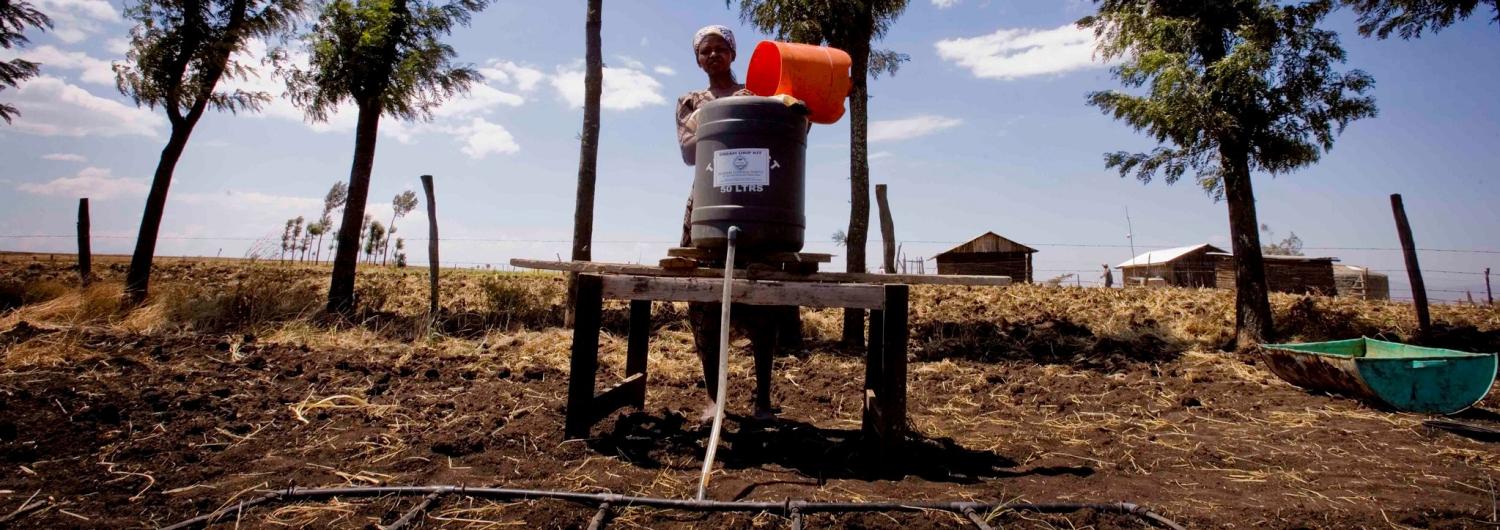The Australian Federal Budget 2017-18 will be handed down on Tuesday, 9 May. This is the most important date on the national aid and development calendar and has major implications for the volumes of foreign aid that will be delivered by Australia.
- It’s been a tough few years for the Australian aid program. It has tumbled in the international rankings as a result of the largest cuts to the aid program in our history.
- Last year’s budget did show signs the aid program was starting to find its feet again within DFAT but, according to the OECD, while development aid worldwide hit a new peak of $US146 billion in 2016, Australian aid continued to fall in the overall rankings.
- The aid budget was expected to be increased this year at the rate of inflation, leaving the budget in real-terms at the same level as 2016-17. There have been recent reports, however, that the aid budget may again be cut to fund other priority areas.
- Getting beyond the volume of the aid program, Bob McMullan and Robin Davies have provided five suggestions about how Australia’s finite aid budget should be more effectively allocated.
- Jack Corbett has taken a long-term view of how decision makers over the past 40 years have struggled to justify the Australian aid program in his new book Australia’s Foreign Aid Dilemma. You can read a summary here.
- When it comes to community perceptions of Australian aid, Terence Wood and Camilla Burkot draw on new survey data to argue that the best way to build Australian support is to sell the aid program on Australian values, not national interest.
- The Campaign for Australian Aid ran an impressive campaign surrounding the public submissions to the Australian foreign policy white paper. Close to 700 submissions from individuals and organisations on the white paper have been made public, but an additional 8500, also publicly available, were submitted as part of the campaign in support for Australian aid.
- Equally as important as the volume of Australian aid is its performance, and last week DFAT released its scorecard of the aid program for 2015-16. The major reported headline was that the aid program (barely) missed its target of 80% of aid projects addressing gender inequality.
- More worrying should be the revelation that more than a quarter of Australia’s aid programs are considered ‘at risk’ of not meeting their targets (38% in the Pacific). A certain degree of failure is to be expected; delivering effective aid is difficult. But these results also marginalise the justification of ‘doing more with less’ with Australian aid.
The Interpreter will post detailed analysis of the 2017-18 Budget later this week.
